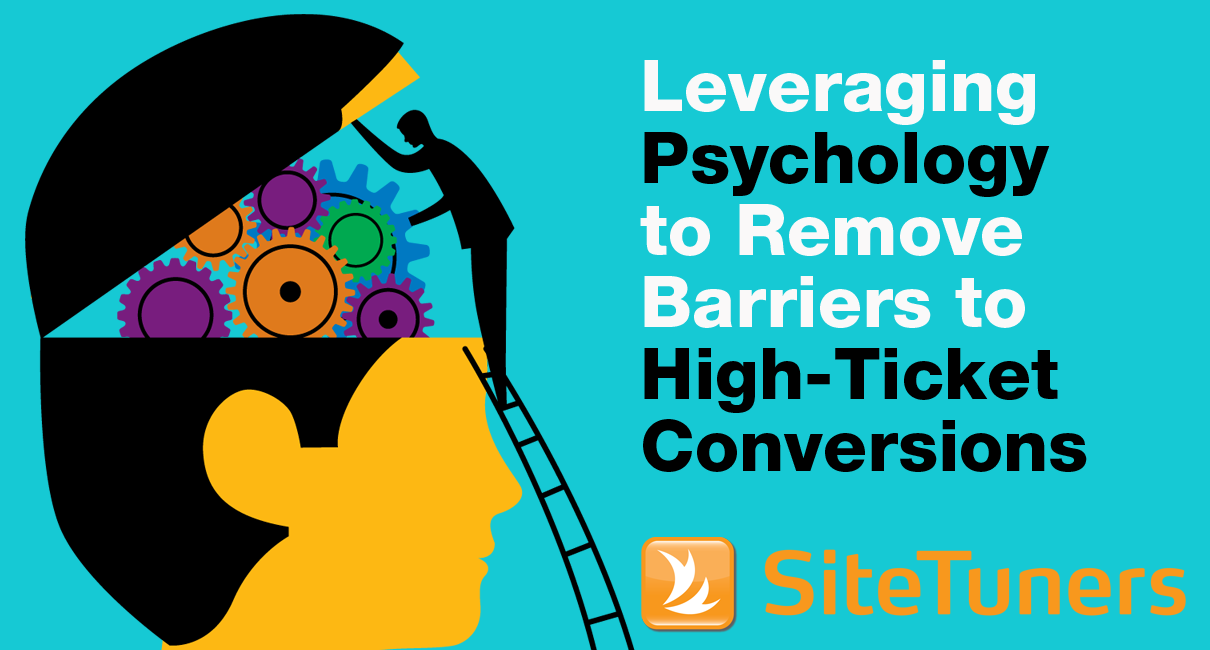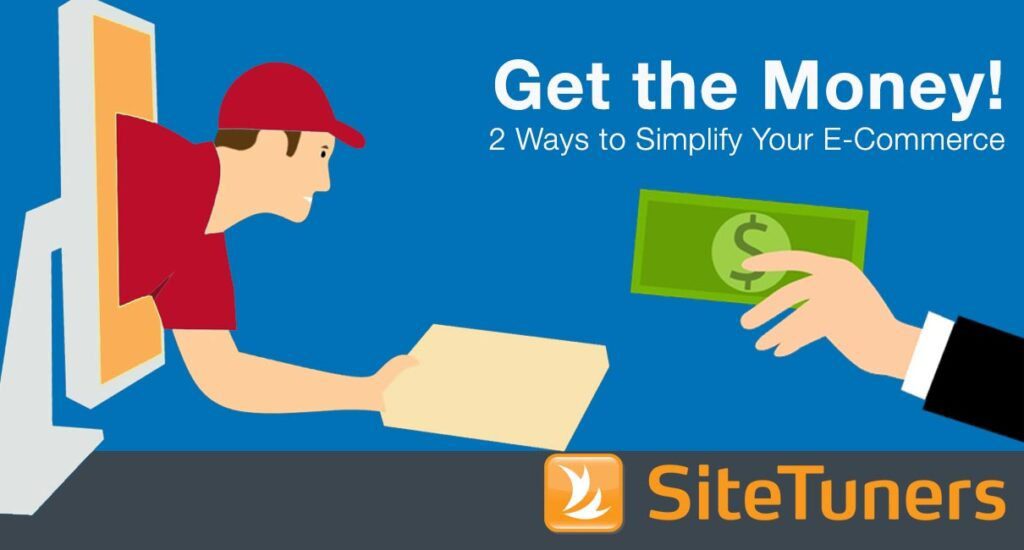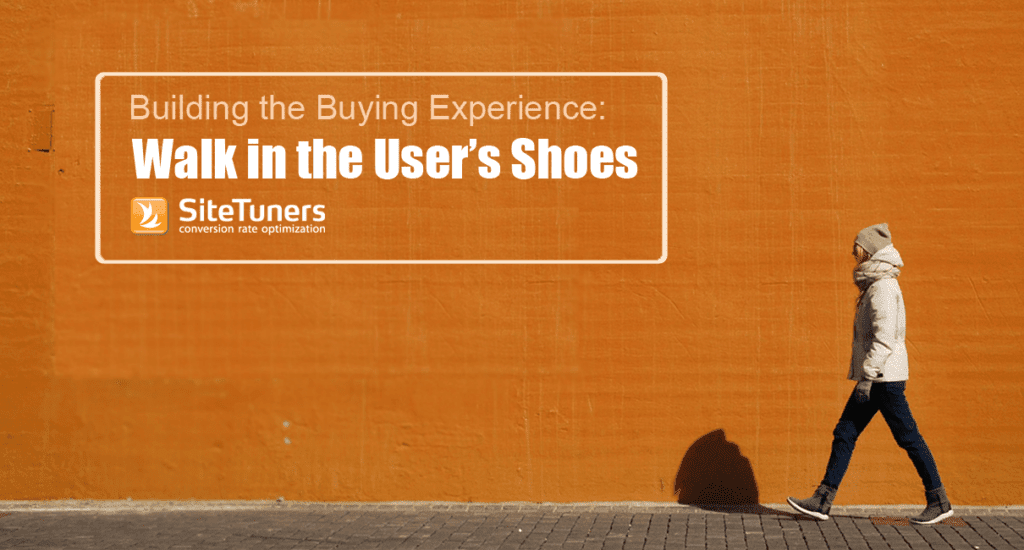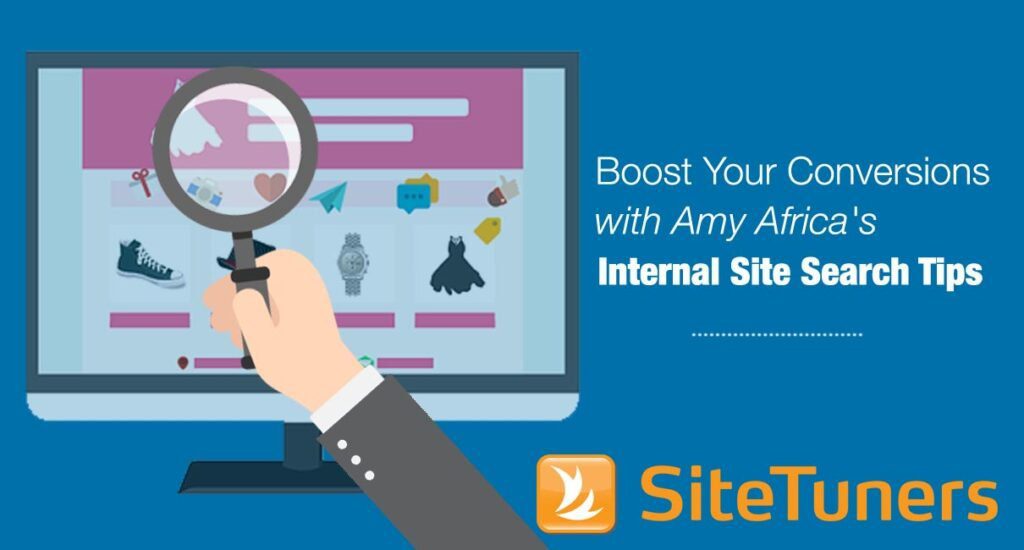
There’s a wrongly-held belief that people don’t buy expensive things online. It’s likely a holdover from the days when you could do very little on the web, and has since changed along with so many basic things, like people don’t watch videos online.
That said, if you want to get people to buy costly things online, you have to understand that it’s a drastically different process from your everyday e-commerce transaction:
- You have to think through the extensive research phase that visitors need to get through
- You have to think through the psychological assurances people need to have before spending on something like a car
The biggest barriers to high-ticket conversions are rooted in people’s psychological makeup. So, you need to understand and address the underlying behavior and motivation of big-ticket shoppers to bring them closer to a conversion.
The Psychology of Big-Ticket Purchases
Price, obviously, sets big-ticket shopping apart from routine purchases. And price represents risk.
People have a strong fear of loss, which is triggered by the higher monetary value involved in these transactions. Nobody wants to make the “costly” mistake of ordering something and not getting what they paid for.
Naturally, people go through great lengths to alleviate that risk. Unlike inexpensive items which people buy with no planning or even on impulse, high-value purchases are planned weeks or months in advance.
So, the educational content on your site has to be more built out than a standard e-commerce site, because it has to support weeks-worth of research.
However, even if you nail that, you still have to motivate the user to complete the purchase. That part is emotional – think about the house that people “fall in love with” or the car that feels “just right.”
The emotional brain dominates shopping behaviors, so designing web user experiences around it can remove some of the barriers that keep visitors from making that high-value purchase.
You need the rational elements to keep you in contention, and the emotional elements to close the deal.
Strategies for High-Value Conversions
1. Build confidence in your visitors
According to The Big Ticket Report 2017 by FuturePay, “more than half (56 percent) of all shoppers have made a big ticket purchase online within the last year or are planning to do so within the next year.”
This number is comprised mostly of “daily online shoppers” or those who regularly buy online and are more e-commerce-savvy than less-frequent shoppers. However, even frequent online shoppers experience apprehension and frustration when making big-ticket purchases.
This often leads to cart abandonment.
So, as an important – and sometimes the only – touchpoint for prospective customers, your web site should reduce anxiety and be as effortless as possible. It should make your visitors comfortable enough to buy an expensive item that they’re used to buying at a brick-and-mortar store.
Here are some ways to do that:
Provide adequate information
People shopping for expensive items follow a more complex information gathering cycle. They look for information on what they’re planning to buy, reviews from unbiased sources, as well as possible alternatives.
Don’t get left out in the early stages of the customer’s decision-making process. Make sure your marketing channels and web pages have adequate information for customers to consider you worthy of their business.
Include as much relevant information as possible and make sure this is accessible to your visitors, so they feel confident buying from you. If you’re selling bulky or heavy products, for instance, don’t bury shipping and delivery costs deep in your checkout pages. Give users the ability to estimate shipping and delivery charges on the product page, so they don’t have to add the item to their cart just to know the shipping costs.
Also, use high-quality photos that show your products from different angles. Use images to illustrate important features, so prospective buyers can easily visualize them.
Utilize social proof, trust symbols, and guarantees
People shopping for big-ticket items often rely on feedback from others to identify whether or not they’re making the right decision.
You need to help people find that type of information on your site.
Support your visitors’ need for social proof by including reviews and testimonials in your pages. Use known trust symbols and guarantees to alleviate shopper concerns on privacy and security.
2. Make purchasing a no-brainer
Shopping for high-ticket items is inherently stressful for customers. Make sure you don’t unwittingly add to your visitors’ cognitive load because of your web site’s poor usability and UX design.
Limit Choices
Big-ticket shoppers have to make complex decisions. You can reduce some of that complexity by providing clear and simple choices.
Help users narrow down and compare options easily. Letting users self-segment when they visit your website, for instance, will allow you to tailor the experience to their needs and preferences. Use customer research and analytics to learn which choice heuristics are most used by your visitors to find and evaluate products, so you can improve your website navigation and over-all user experience.
Reframe spending
The brain equates spending to losing precious resources. In fact, parting with money triggers the same brain areas as physical pain. Now, imagine how painful buying expensive items can be for your visitors.
You can lessen the impact of this pain by presenting prices differently. For instance, dropping the currency symbol and additional digits from price tags can ease the sting of spending.
Another way to frame spending is to provide options for shoppers to pay in installments. Breaking up a large expense into smaller amounts minimizes the perceived loss of finite resource felt by customers when pay for everything all at once.
Encourage small commitments
People like being consistent. For web purchases, that means they will be more inclined to make a bigger commitment after they’ve made a smaller one.
If you provide opportunities for micro-conversions, you’ll get more done with your site. Anticipate the visitor’s next step in the buying journey, and give them a path to engage with your products and your brand. Booking a test drive, getting a quote, and ordering free swatches of furniture fabric, for instance, are small things that build trust and lay the groundwork for the big conversion.
3. Prevent post-purchase dissonance
Don’t be complacent once your visitors become customers. Remember that after-sales is one of the most challenging aspects of e-commerce as customers often experience buyer’s remorse.
Your job at this point is to provide validation for your customer’s choice. It shouldn’t be too hard since people have an inherent choice-supportive bias. We tend to support our decisions with positive rationalizations even while we’re doubting it.
A simple e-mail reminding them of the benefits of their decision, or an invitation to a members-only group for product owners can have a positive impact on customers’ post-purchase experience.
Putting It All Together
Before people purchase big-ticket items, they need to feel safe and informed. Remember that your web site and web experiences need to reassure visitors, minimize the perception of risk, and reduce cognitive load to facilitate the decision-making process.
If you …
- provide plenty of educational materials,
- make reviews available,
- make choices simple,
- get the users to commit by taking small actions toward the purchase,
- customize your site to minimize the pain people feel when spending, and
- pay attention to the after-sales experience
… you will be much better off.



